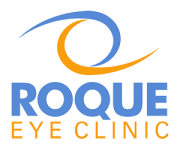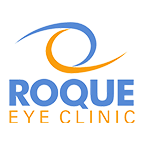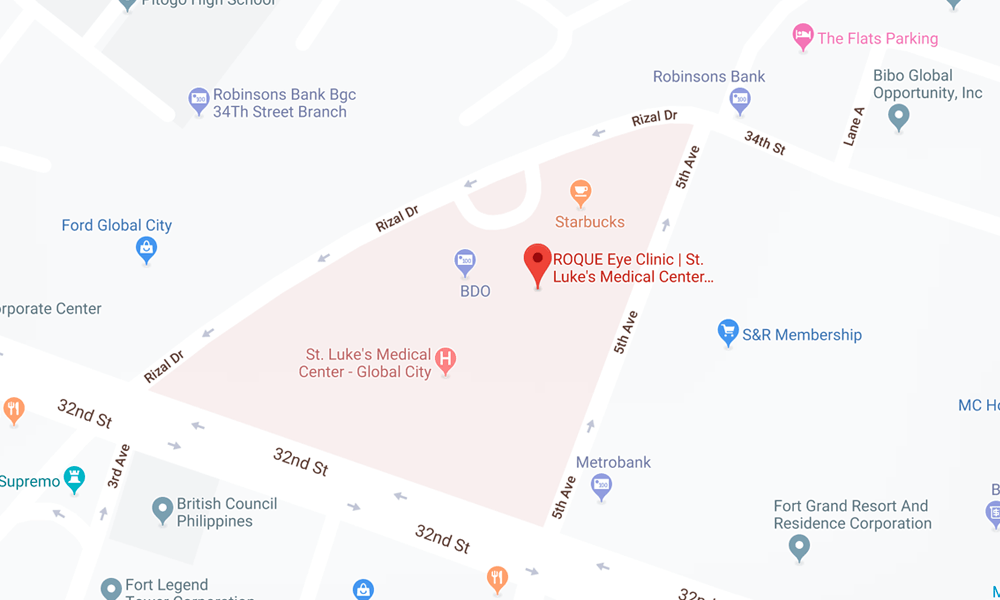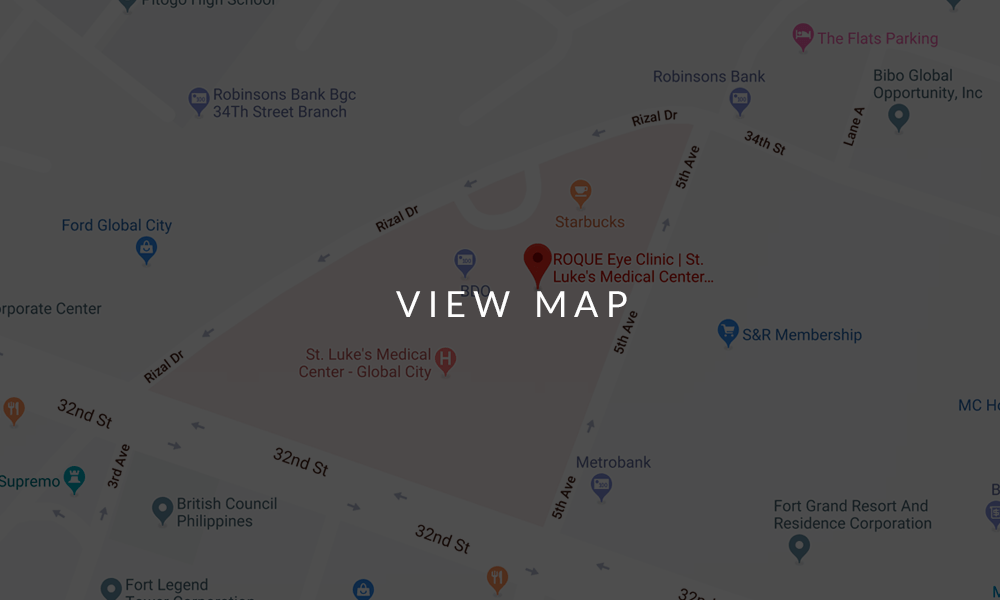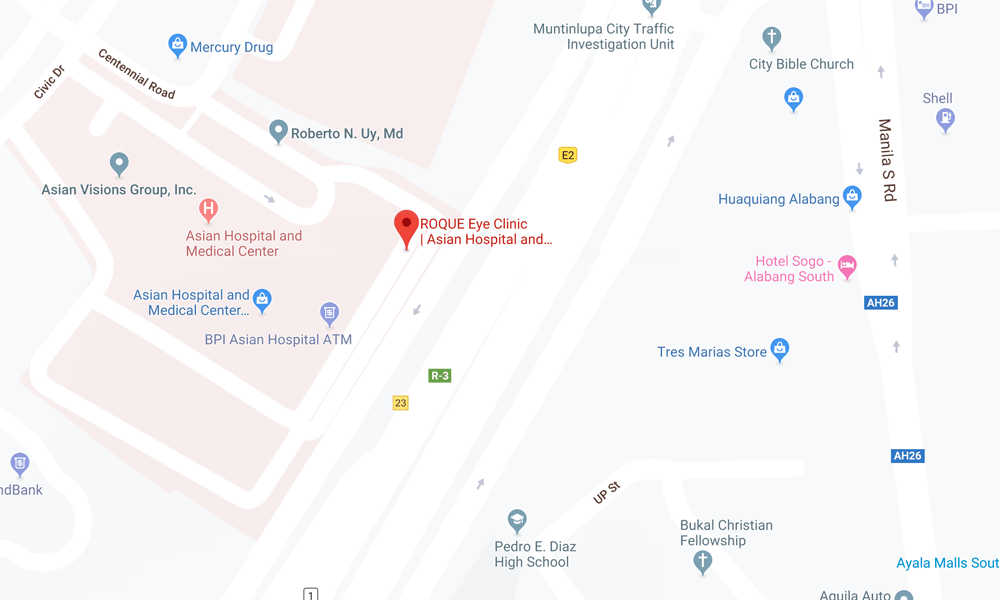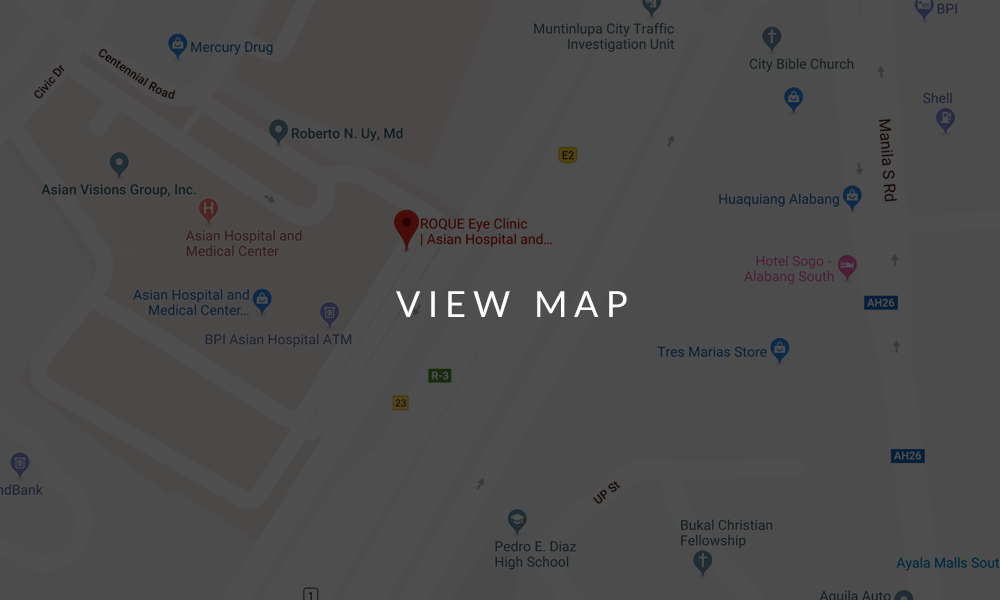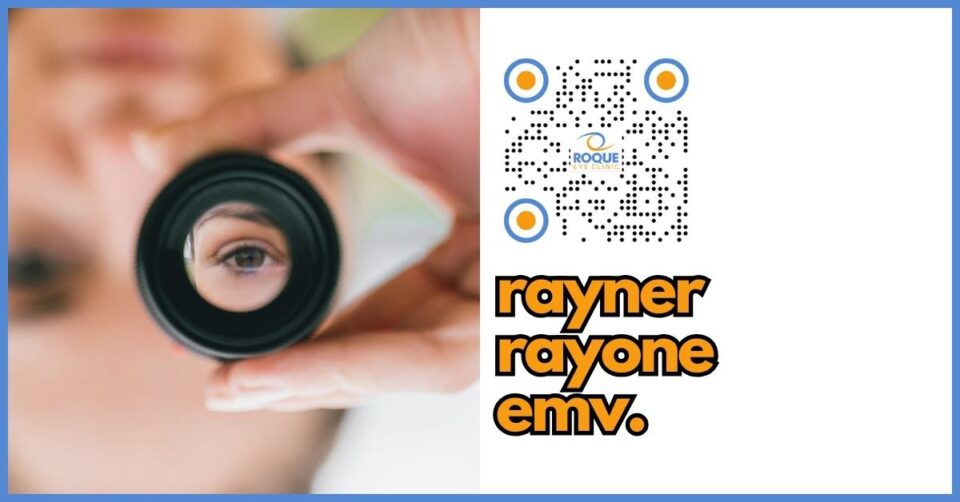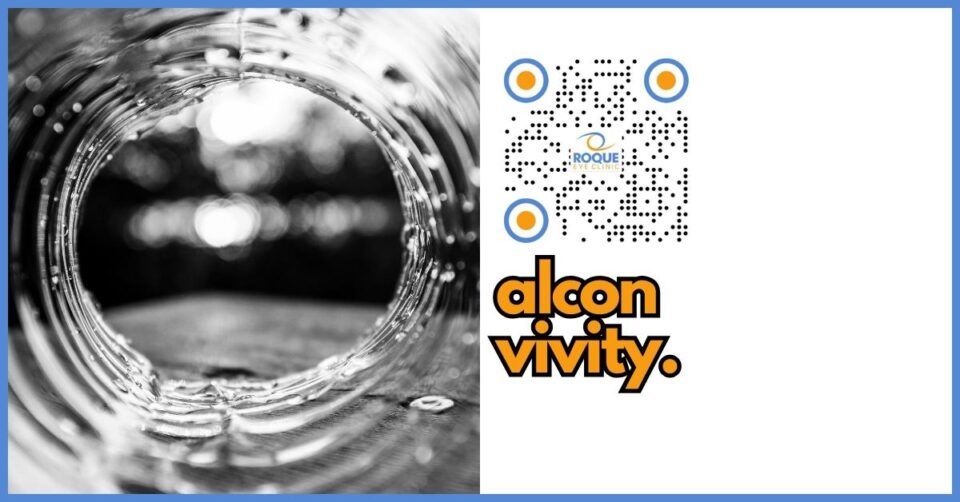SURGICAL TECHNIQUES
SURGICAL TECHNIQUES
- Prior to implantation, all packaging should be carefully examined to verify that the correct lens power has been chosen, the expiration date is respected and that the contents have not been damaged. Using a sterile technique, open the blister pack and deliver the lens container with the lens to the sterile prep tray.
- Make a main incision of 5.5 mm. The main incision should be at 90 degrees from the intended enclavation axis.
- Inject a miotic agent into the anterior chamber to constrict the pupil. The pupil has to be constricted to facilitate enclavation in the mid-periphery of the iris.
- Inject a sufficient amount of high viscosity viscoelastic to maintain anterior chamber depth, but do not overfill. Only use high viscosity sodium hyaluronate viscoelastics such as ArtiVisc® or ArtiVisc Plus®.
- Make a paracentesis of 1.2 mm (Enclavation Needle) or 1.5 mm (VacuFixTM) on each side of the main incision site. The paracenteses must be approximately 9 mm apart, oriented towards the enclavation sites and pointing slightly downwards. In case the Enclavation Forceps is used, make two paracenteses of 2.0-2.5 mm at 3 and 9 o’clock directed to the pupil. Test whether the enclavation instruments can properly enter the paracenteses.
- Prior to implantation, verify that the correct product and lens power has been selected for the correct eye. The IOL can become electrostatically charged and stick to the lid of the lens tray. Carefully tap on the lid before opening the lens container. Open the lens container and examine the lens carefully for damage or debris.
- The IOL may be rinsed with sterile balanced salt solution to remove the electrostatic charge and coated with a viscoelastic prior to implantation to facilitate easy passing through the main incision.
- Introduce the IOL into the anterior chamber through the main incision in a vertical orientation using the ARTISAN® Implantation forceps. Retract the forceps through the main incision. Care must be taken to avoid contact with the corneal endothelium.
- Rotate the lens 90 degrees and align with the enclavation axis using the ARTISAN® Lens Manipulator. Centre the lens over the pupil.
- Bring the appropriate implantation forceps through the main incision, firmly grasp the IOL at the center of the optic with the Implantation Forceps and choose a side of the lens to enclavate.
- Insert the iris enclavation needle through one of the paracenteses to fixate the lens to the iris. While securely holding the optic with the implantation forceps, use the enclavation needle to create a small knuckle of mid- peripheral iris tissue which is virtually immobile. Make a snow ploughing movement at the desired enclavation site. Gently lift the iris tissue through the slot at the inferior claw of the haptics. Sufficient iris tissue must be placed through the haptic slot to ensure adequate lens stability. As a rule of thumb, an iris bridge or knuckle with a width approximately the same as the widest part of a haptic claw should be enclavated. In case the Enclavation Forceps is used, take up a fold of iris tissue below the slot of the claw, while securely holding the optic. Depress the lens over the iris fold with the Implantation Forceps while holding Enclavation Forceps at the original level. After the fold has passed through the slot of the claw, retract the Implantation Forceps and finally retract the Enclavation Forceps. The enclavation procedure may also be performed using the VacuFixTM Enclavation System; procedure as described in the Instructions for Use of the VacuFix).
- Repeat step 11 at the other side of the lens. Make sure the lens is well centered over the pupil and verify the amount of iris tissue which is enclavated.
- Perform an iridotomy or iridectomy outside the periphery of the IOL, preferably in the part of the iris that will be covered by the upper eyelid. To prevent light complaints, a single small iridotomy is preferred. For all iris types, the iridotomy is sufficient in size as soon as a red light reflex can be observed. Alternatively, iridotomy may be performed at least 1 week prior to the IOL implantation using a neodymium-doped yttrium aluminium garnet (Nd:YAG) laser.
- Remove all viscoelastic from the eye by flushing with saline using a syringe with cannula. During flushing make a semi-circular movement from opposite the main incision. Also flush out viscoelastic from underneath the IOL. Make sure no viscoelastic remains in the eye as this may cause high intraocular pressure postoperatively.
- Close the main incision to prevent wound leakage. Watertight wound closure is of paramount importance to prevent a shallow anterior chamber in the immediate postoperative period. Do not suture too tight to avoid surgically induced astigmatism. When sutures are made, corneal sphericity can be checked with placido disk under the microscope and, if necessary, adjustments to sutures can be made.
- Administer and prescribe postoperative medication (e.g. antibiotics and corticosteroids).
- A protective patch should be placed over the eye following surgery.
- Patients must be instructed not to rub the eye, to avoid physical impact or direct pressure to the eye and to avoid activities that increase the risk for ocular trauma (e.g. certain martial arts sports) or to wear safety glasses during such activities.
- Patients must be informed that besides a postoperative follow-up after six months, yearly examinations, including endothelial cell counts, are required to assess the long-term safety of the IOL. Furthermore, the physician must ensure traceability of the IOL and provide the patient with a patient card.
Reference:
www.ophtec.com OPHTEC BV P.O. Box 398 | 9700 AJ Groningen | Schweitzerlaan 15 | 9728 NR Groningen | The Netherlands | T: +31 50 5251944 | F: +31 50 5254386 E: info@ophtec.com | Information on this document is subject to modification | ©2018 OPHTEC BV | L23-HV06-6A-2
- Prior to implantation, all packaging should be carefully examined to verify that the correct lens power has been chosen, the expiration date is respected and that the contents have not been damaged. Using a sterile technique, open the blister pack and deliver the lens tray with the lens to the sterile prep tray.
- Make a main incision of 5.5 mm. The main incision should be at 90 degrees from the intended enclavation axis.
- Do NOT inject a miotic agent. Leave the pupil at a minimum size of approximately 3 mm to allow the lens to reach the retropupillary position. Constriction of the pupil will impede the movement of the IOL through the pupil and might result in damage to the iris tissue.
- Inject a sufficient amount of high viscosity viscoelastic to maintain anterior and posterior chamber depth, but do not overfill. Only use high viscosity sodium hyaluronate viscoelastics such as ArtiVisc® or ArtiVisc Plus®.
- Make a paracentesis of 1.2 mm on either side of the intended main incision site. The paracenteses must be in line with the haptics and pointing slightly downwards.
- Prior to implantation, verify that the correct product and lens power has been selected for the correct eye. The IOL can become electrostatically charged and stick to the lid of the lens tray. Tap slightly on the lid before opening the lens tray. Open the lens container and examine the lens carefully for damage or debris.
- The IOL may be rinsed with sterile balanced salt solution and coated with a viscoelastic prior to implantation to facilitate easy passing through the main incision.
- Invert the IOL before insertion into the eye.
- Introduce the IOL into the anterior chamber through the main incision in a vertical orientation using the ARTISAN® Implantation forceps. Retract the forceps through the main incision. Care must be taken to avoid contact with the corneal endothelium.
- Rotate the lens 90 degrees and align with the enclavation axis using the ARTISAN® Lens Manipulator. Center the lens over the pupil.
- Bring the appropriate implantation forceps through the main incision, firmly grasp the IOL at the center of the optic with the Implantation Forceps and carefully move the IOL through the non-constricted pupil.
- Move the IOL upwards against the iris to facilitate enclavation and choose a side of the lens to enclavate.
- Insert a cannula through one of the paracenteses to fixate the lens to the iris. While securely holding the optic with the implantation forceps, use a cannula to carefully push sufficient mid-peripheral iris tissue, which is virtually immobile, through the slot of the haptics. Sufficient iris tissue must be placed through the haptic slot to ensure adequate lens stability.
- Repeat step 13 at the other side of the lens. Make sure the lens is well centered and verify the amount of iris tissue which is enclavated.
- Perform an iridotomy or iridectomy outside the periphery of the IOL, preferably in the part of the iris that will be covered by the upper eyelid. To prevent light complaints, a single small iridotomy is preferred. For all iris types, the iridotomy is sufficient in size as soon as a red light reflex can be observed. Alternatively, iridotomy may be performed at least 1 week prior to the IOL implantation using a neodymium-doped yttrium aluminium garnet (Nd:YAG) laser.
- Remove all viscoelastic from the eye by flushing with saline using a syringe with cannula. During flushing make a semi-circular movement from opposite the main incision. Also flush out viscoelastic from underneath the IOL. Make sure no viscoelastic remains in the eye as this may cause high intraocular pressure postoperatively.
- Close the main incision to prevent wound leakage. Watertight wound closure is of paramount importance to prevent a shallow anterior chamber in the immediate postoperative period. Do not suture too tight to avoid surgically induced astigmatism. When sutures are made, corneal sphericity can be checked with placido disk under the microscope and, if necessary, adjustments to sutures can be made.
- Administer and prescribe postoperative medication (e.g. antibiotics and corticosteroids).
- A protective patch should be placed over the eye following surgery.
- Patients must be instructed not to rub the eye, to avoid physical impact or direct pressure to the eye and to avoid activities that increase the risk for ocular trauma (e.g. certain martial arts sports) or to wear safety glasses during such activities.
- Patients must be informed that besides a postoperative follow-up after six months, yearly examinations, including endothelial cell counts, are required to assess the long-term safety of the IOL. Furthermore, the p hysician must ensure traceability of the IOL and provide the patient with a patient card.
Please note that in case of posterior chamber implantation a different a-constant should be used for the lens calculation. An approximate a-constant can be found on the company website and is also provided on the label on the outer package. This is a theoretical value and should be personalized by the physician.
Reference:
www.ophtec.com OPHTEC BV P.O. Box 398 | 9700 AJ Groningen | Schweitzerlaan 15 | 9728 NR Groningen | The Netherlands | T: +31 50 5251944 | F: +31 50 5254386 E: info@ophtec.com | Information on this document is subject to modification | ©2018 OPHTEC BV | L23-HV06-6A-2
- Make a 2.0 mm main incision. The main incision should be at 90 degrees from the intended enclavation axis.
- Follow step 3 for either the surgical procedure for anterior or posterior chamber iris fixation depending on IOL position.
- Follow step 4 of the surgical procedure for implantation.
- Make a paracentesis of 1.2 mm (Enclavation Needle), 1.5 mm (VacufixTM) or 2.0-2.5 mm (Enclavation Forceps) at the side of luxation or the side causing the decentration. The paracentesis must be oriented towards the enclavation site and pointing slightly downwards.
- If required, de-enclavate haptics by carefully holding one haptic and gently pushing down on the iris bridge to release the iris fold or knuckle.
- Re-align the IOL with the implantation axis and center over the pupil while holding the IOL at the edge of the optic.
- To re-enclavate the luxated haptic follow step 11 for anterior chamber iris fixation and steps 12 and 13 for posterior chamber fixation.
- Remove all viscoelastic from the eye, close the main incision, administer and prescribe postoperative medications (steps 14-16 for anterior fixation; steps 16-18 for posterior fixation).
- Place a protective patch over the eye of the patient and instruct patient on postoperative behavior and follow-up examinations.
Re-enclavation may be required in case of decentration or (partial) luxation. Warning: do not re-enclavate when the IOL haptics appear damaged.
Reference:
www.ophtec.com OPHTEC BV P.O. Box 398 | 9700 AJ Groningen | Schweitzerlaan 15 | 9728 NR Groningen | The Netherlands | T: +31 50 5251944 | F: +31 50 5254386 E: info@ophtec.com | Information on this document is subject to modification | ©2018 OPHTEC BV | L23-HV06-6A-2
- Make a main incision of 5.5 mm. The main incision should be at 90 degrees from the intended enclavation axis.
- Follow steps 3-5 for either the surgical procedure for anterior or posterior chamber iris fixation depending on IOL position.
- De-enclavate haptics by carefully holding one haptic and gently pushing down on the iris bridge to release the iris fold or knuckle.
- Extract the lens through the main incision.
- Remove all viscoelastic from the eye, close the main incision, administer and prescribe postoperative medications (steps 14-16 for anterior fixation; steps 16-18 for posterior fixation).
- Place a protective patch over the eye of the patient and instruct patient on postoperative behavior and follow-up examinations.
In some cases explantation may be required. The decision to explant is up to the judgment of the treating physician.
Reference:
www.ophtec.com OPHTEC BV P.O. Box 398 | 9700 AJ Groningen | Schweitzerlaan 15 | 9728 NR Groningen | The Netherlands | T: +31 50 5251944 | F: +31 50 5254386 E: info@ophtec.com | Information on this document is subject to modification | ©2018 OPHTEC BV | L23-HV06-6A-2
LEARN MORE ABOUT REFRACTIVE SURGERY
BOOK AN APPOINTMENT
It takes less than 5 minutes to complete your online booking. Alternatively, you may call our BGC Clinic, or our Alabang Clinic for assistance.
OUR SPECIALIST
DR. MANOLETTE ROQUE
MD, MBA, DPBO, FPAO, FPCS
Dr. Manolette Roque is a specialist in uveitis, cataract, and refractive surgery. His private practice began in 2000, after his post-graduate fellowship at the Massachusetts Eye and Ear Infirmary, Harvard Medical School, in Boston, Massachusetts, USA. His patients are mostly adults who desire spectacle independence. His advocacy includes taking care of individuals with ocular inflammatory diseases.
Everyone deserves the best eye care possible.
OUR CLINICS
BGC CLINIC
- ST. LUKE'S MEDICAL CENTER GLOBAL CITY
2/F Medical Arts Building 217
Rizal Drive corner 5th Avenue
Bonifacio Global City, Taguig 1634
Philippines
SLMC CLINIC HOURS
- 9am - 12pm
Appointments only
ALABANG CLINIC
- ASIAN HOSPITAL AND MEDICAL CENTER
5/F Medical Office Building 509
2205 Civic Drive, Filinvest City
Alabang, Muntinlupa 1781
Philippines
AHMC CLINIC HOURS
- 1pm - 4pm
Appointments only
BOOK AN APPOINTMENT
It takes less than 5 minutes to complete your online booking. Alternatively, you may call our BGC Clinic, or our Alabang Clinic for assistance.
